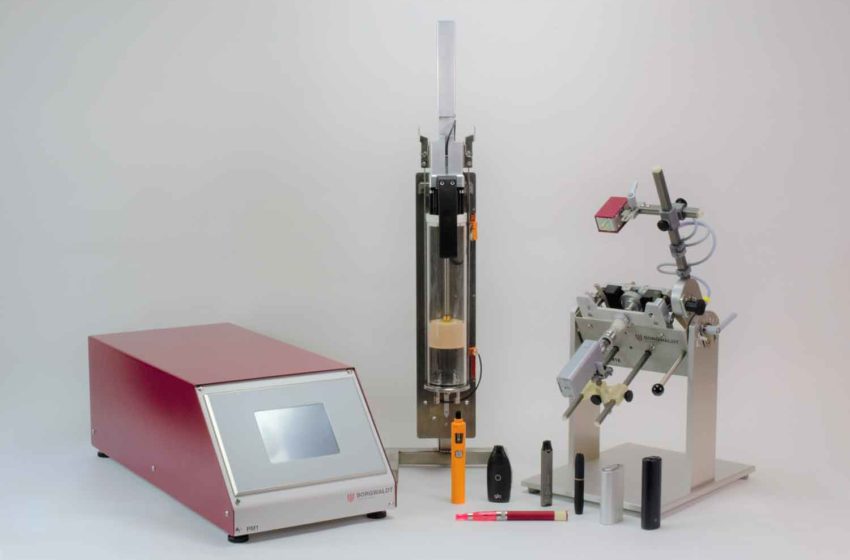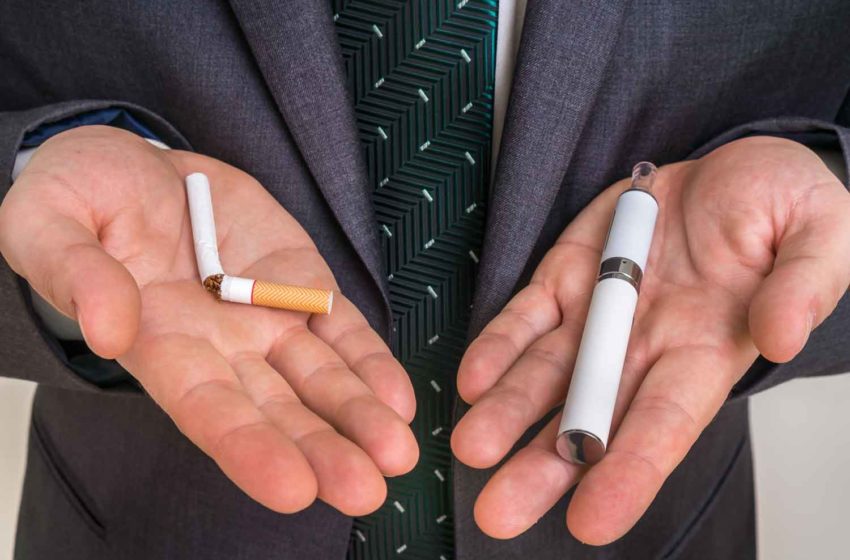Success will require a ‘whole-of-society’ approach, says Kingsley Wheaton. Read More
Safer nicotine products remain hard to access, according to new KAC report. Read More
Prohibition will thwart the country’s smoke-free goals, say webinar participants. Read More
BAT Study Confirms Positive Impact From Switching to Glo
Participants achieved sustained improvements on key metrics.Read More
Innovation and creative destruction will render cigarettes obsolete—if we let it.Read More
Governments and industry should rebuild with reduced-risk products, argues Derek Yach.Read More
The group urges regulators to build an off-ramp for smokers of menthol cigarettes. Read More
Suppliers of instrumentation and lab services are focusing on novel nicotine products.Read More
At a summer event in London, JTI showcases some of the devices that may help England achieve its smoke-free ambitions. Read More
Belgium's health council advises the government to adopt risk-proportionate regulation. Read More
Recent Posts
- Former Researcher Sues KT&G Over E-cigarette Patents
- Diluted Diligence
- Sampoerna Profit Jumps by One Third
- EU Urged to Adopt Science-Based THR Strategies
- Social Media Linked to Youth Tobacco Use
- Kenya to Consult on New Health Warnings
- New President at PMFCT
- Civil Money Penalties for 22 Elfbar Sellers
- Brazil Agency Upholds Vaping Sales Ban
- Royal College Releases New E-cig Report
- NCLA Weighs in on Cigar Rules Litigation
- Ivan Cahyadi to Lead Sampoerna
- PMI Beats Estimates on Robust Smoke-Free Products Demand
- A Defining Decade
- Playing Whack-a-Mole









